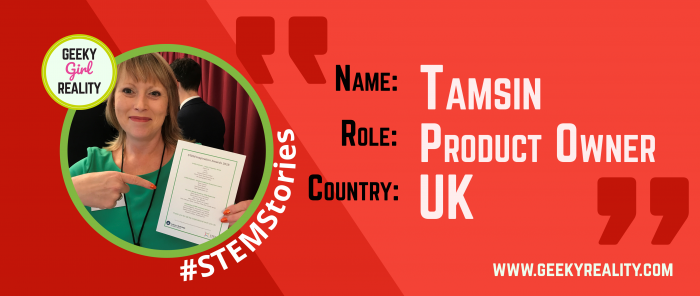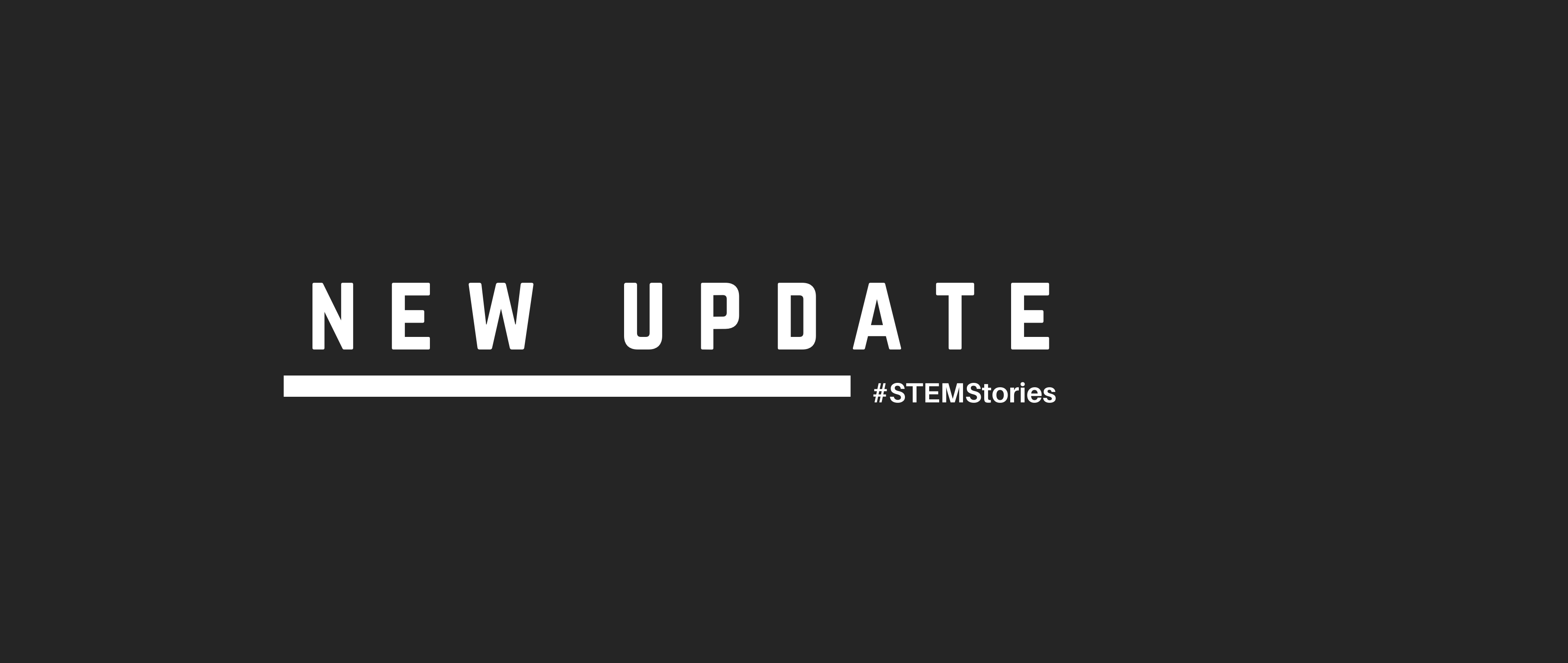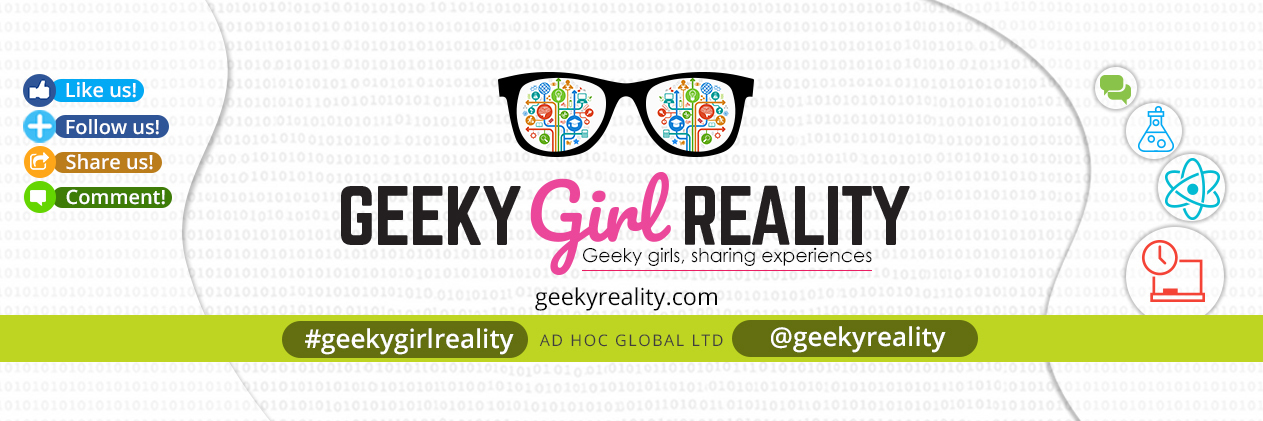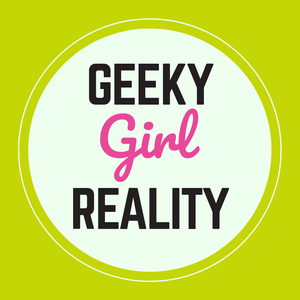
Two years ago, we spoke to Tamsin, a Product Owner from the UK. Her role is part of a team working with digital tools and technologies to create services to gather, process, store and serve up marine data from all over the world so it can be used to help people manage, live and work within the marine environment.

Since writing her blog for Geeky Girl Reality she has expanded and grown her STEM career at the UK Hydrographic Office, drawing on her experience and strengths, and she is now a Product Manager working on digital products and services used every day by customers working in the shipping industry worldwide.
She is helping to shape a new global initiative to make marine geospatial data more widely available to support future digital navigation and the protection of our ocean environment. If you’d like to see what she is working on you can take a look here: https://www.youtube.com/watch?v=j8CP6RPr8LY

1. Say hi :) who are you and what do you do?
My name is Tamsin Hodge and I’m a Product Owner working at the UK Hydrographic Office, which is part of the UK digital government. I live in Somerset in the South West of England and am married, with a stepson, and have a chocolate Labrador dog.
My role is part of a team working with digital tools and technologies to create services to gather, process, store and serve up marine data from all over the world so it can be used to help people manage, live and work within the marine environment. The data we work with is geospatial, which means it’s three dimensional to capture the geographical location (north, south, east, west) and vertical depth and height of information about the world’s oceans, tides, marine life, coastlines and manmade structures such as offshore wind turbines and fish farms.

My day to day work is very varied, which is one of the reasons I enjoy it so much, and it involves working with digital and technical specialists, such as software engineers, automated testers, solution architects and data engineers, and collaborating with users to design and build the digital marine geospatial data services they need. The key part of my role is to ensure our team delivers value by achieving the outcome our users are seeking and provides a return on investment for the UK Hydrographic Office.
As well as being a Product Owner I co-ordinate and lead a STEM Ambassadors group at work, which has created a community of enthusiastic volunteers with a range of STEM skills and enabled us to establish an outreach programme designed to bring STEM to life for young people in the South West of England. We do this through running free code clubs, supporting science fairs, giving talks about the work we do and our STEM jobs at schools and conferences and participating in careers fairs. Our group is part of the accredited STEM Ambassadors scheme and we gained national recognition in the STEM Inspiration Awards only a year after getting started, which is amazing!
2. How did you arrive at this career? Was it always something you knew you wanted to do?
From a very young age, I always loved science and the natural world and enjoyed reading, writing stories and exploring new things. I didn’t have a fixed idea of what I wanted to do for a career at school so I kept my options open and when I was 14 I chose science subjects (Biology, Chemistry, Physics) and Maths and humanity subjects (English, History and Geography) for my O level exams, and aged 16 opted for Biology, Chemistry and English Literature for my A-Levels at college.

I hadn’t thought about going to university as no one in my family had ever gone before and I didn’t think I was good enough, but my college friends who were all applying encouraged me to, as did my parents and aged 18 I chose to do a joint Chemistry and Biochemistry degree at Swansea University with a vague idea of going into some sort of scientific writing role. The degree appealed to me as Biochemistry was a relatively new subject at the time and the course was solely focussed on studying plants, rather than animals, which meant there would be no experimenting on live animals, and there was lots of emerging thinking at the time about the plant ecosystem, environment and plantlife discoveries in the Amazon Rain Forest. I also liked the way Biochemistry focussed on the holistic approach of how things and systems work together.
After gaining my degree I wanted to professionalise my writing skills and managed to pass an entrance exam to earn a place from the National Council for the Training of Journalists to study for professional journalism qualifications at Highbury College in Portsmouth. A year later, and with a couple of work placements under my belt at regional newspapers, I discovered that I really enjoyed being a journalist and I was good at it. I loved the variety of the work, the range of people you got to meet and work with, the fast pace of the deadlines, seeing your work published and being able to use my scientific analytic mind to understand and explain complex issues in articles so that people could understand them.

I worked as a journalist, and then as a News Editor running a news desk of teams of reporters and photographers, on weekly and daily newspapers in the regional press in the South West of England for a little over 10 years. At the same time, I ran a series of successful fundraising campaigns in collaboration with charities and our local community for much-needed outreach cancer care nurses to support the terminally ill and mobile Life Education classrooms for children aged 5 – 10 to learn about sex education, drugs and alcohol in a responsible way to help them prepare for adult life.
I moved on from journalism aged 38 into a marketing and product focussed role to gain more experience of running campaigns, managing customers and portfolios of products, organising conferences and creating digital services, and studied part-time to gain a post-graduate degree in marketing with the Chartered Institute of Marketing.

From here I joined the UK Hydrographic Office in Taunton, initially working in the Corporate Communications department before taking on various roles in developing and delivering digital products and services to market. I’ve been at the UK Hydrographic Office for 11 years now and I’ve had the opportunity to grow my experience and evolve my career over that time, which is how I ended up in the Product Owner role I have today.
3. What about your job makes you jump out of bed in the morning, especially on those cold, dark mornings?
I’m motivated by the space in which I work, which is technically complex and involves working collaboratively together with a wide range of people to draw on our collective experience to solve those problems together.
I really enjoy seeing my data services being developed to deliver something useful and ideas being turned into reality. There is always something new to learn and understand, whether that’s feedback from users, a new problem to work through, or insight into the underlying ecosystem of our data platform code, databases, APIs, and user portals.

The voluntary work I do as a STEM Ambassador also makes me jump out of bed in the morning especially if we have an event lined up that day, or are planning for one, as it’s incredibly rewarding.
Knowing our work is contributing to learning more about our marine world, supporting the environment and marine economy is a key driver for me.
4. What is your personal cure for stress or how do you raise your spirits in times of doubt? Can you share a story?
The best way I find to de-stress is to be outside in the fresh air, surrounded by nature either in my garden or somewhere in the beautiful Somerset countryside. This helps me to rebalance and have the space to reflect and work things through.
If there is a stressful situation at work I go to a quiet, calm space to gather my thoughts and take some deep breaths or I reach out to ask for help from people I know and trust. I’m lucky to work with some awesome people, and I have built up a strong support network at work and in the wider digital community via online social channels such as Slack and Twitter.

5. Who is your role model? If no one, any thoughts on this?
I don’t have one role model, although there are plenty of people I admire and others who have helped to influence and shape me into the person I am today. As there are very few women in tech roles like mine it’s difficult to find or get access to role models. That’s why I’m so passionate about being a STEM Ambassador to proactively be a role model myself and encourage greater diversity in STEM careers to help redress the balance.
6. What advice would you give to your 18-year-old self?
Take time to reflect and appreciate the things you’re good at to balance up the thirst for knowledge to learn new things, which can make you doubt yourself. Learn to pace yourself and don’t try and do everything all at once. And finally, don’t let anyone tell you who you are or what you can and can’t do – only you know the answer to that.
7. Top 3 tips for girls starting out in STEM?
Keep your options open when making key decisions about subject choices at school and college. STEM subjects are the key to so many careers and jobs that you may not even have thought about so don’t dismiss doing science or computer studies because you think it might be boring.
Take up opportunities to meet with people who are working in STEM careers so you can find out what it’s really like and you’ll be better able to find out what interests you and what options there might be for you.
You don’t have to have your career all mapped out. It’s OK not to know. You and your career will evolve overtime so try things out, do what you enjoy and don’t be afraid to try new things.

8. How do you measure your success?
I measure my success by thinking about what I’m looking to achieve, set myself a goal, check whether I’ve managed to achieve it or not and reflect on what I have learned and what I can improve on. This is a technique I use for my personal and professional development as well as my products and digital services and STEM Ambassador group. It helps to write your goals down and keep a journal as this acts as a prompt to reflect on the past and prepare to look to the future.
9. Where can we find out more about your work?
You can find out about what it’s like to work in a STEM career at the UK Hydrographic Office here https://www.gov.uk/government/organisations/uk-hydrographic-office/about/recruitment
and we blog about our work here: https://ukhodigital.blog.gov.uk/
10. Are you social? Will you share your Twitter handle, or LinkedIn profile, or Facebook so that young women can connect with you?
I would love to connect with young STEM women – you can follow me on Twitter, add me in on LinkedIn or read my blogs on Medium:
Twitter: @tamsin_hodge
LinkedIn: Tamsin Hodge BSc MCIM CSPO
Medium: Tamsin Hodge


